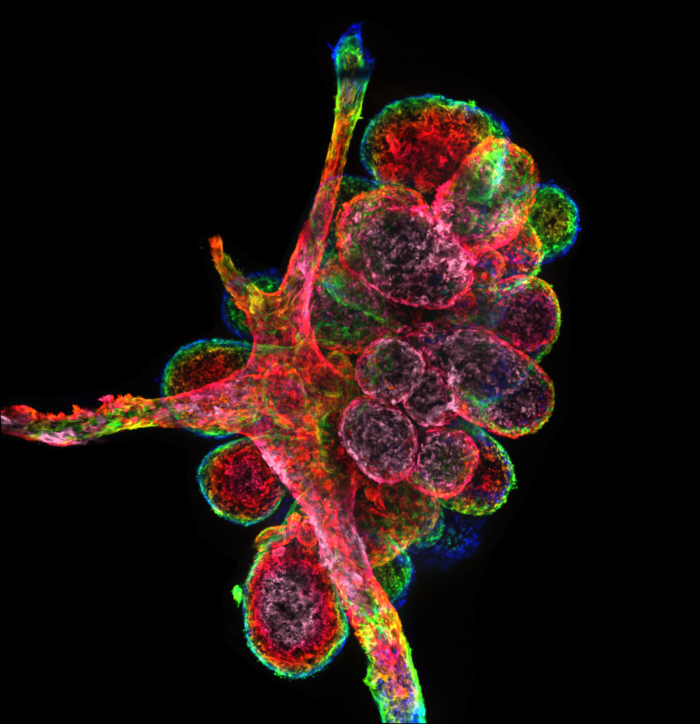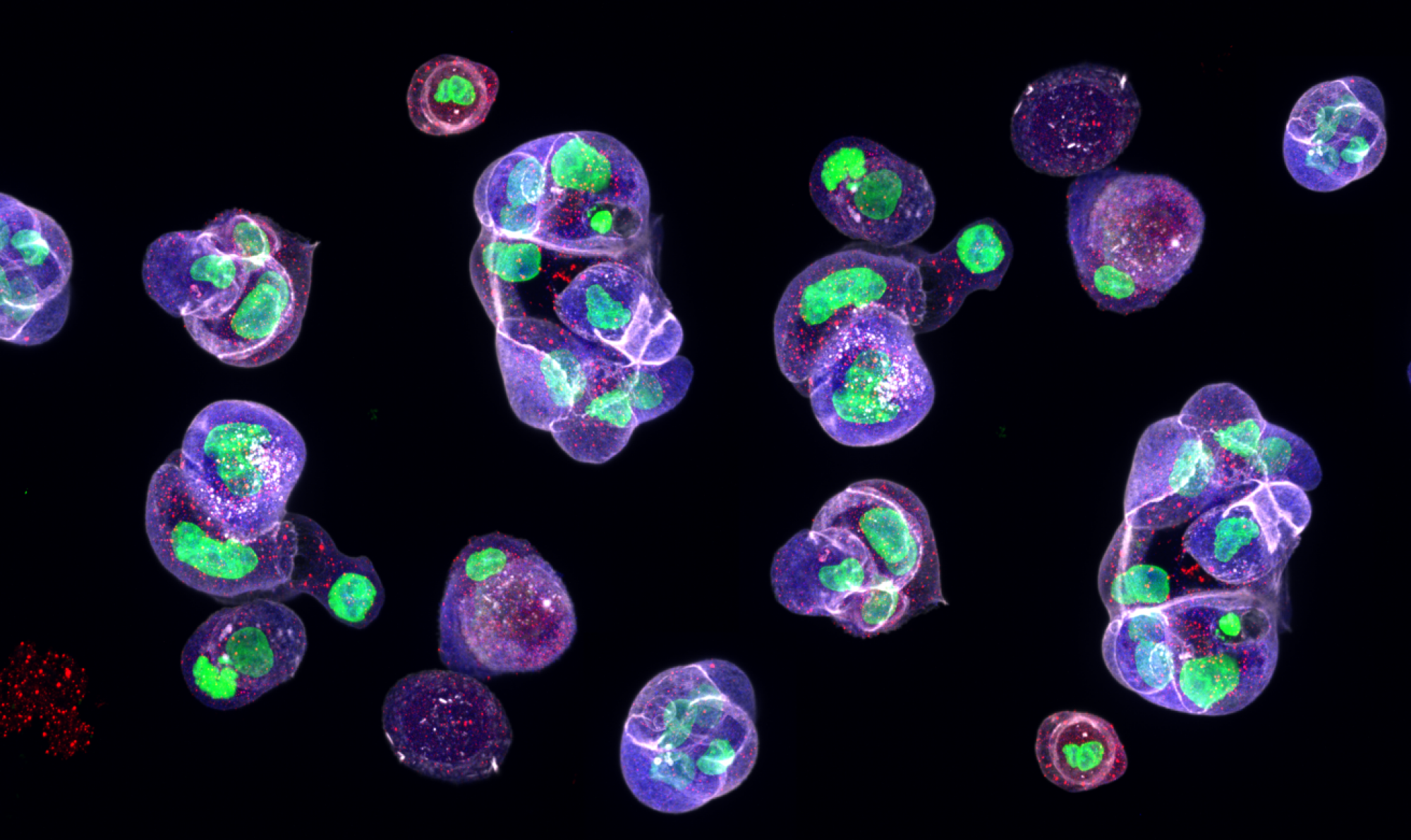Tissue architecture and composition as a control mechanisms in human breast
Ductal carcinoma in situ (DCIS) is a pre-invasive lesion of the breast with generally a good prognosis. However, it is also considered a precursor for invasive and metastatic breast carcinomas that remain the leading cause of cancer deaths among women. Much of what we currently know of breast tissue was discovered using mouse mammary gland that develops into an anatomically distinct organ. Human breast is composed of ducts and terminal ductal lobular units (TDLUs) within a collagen-rich stroma. As the organ reforms during reproductive cycles, it harbours high regenerative capacity, rendering it susceptible to malignant transformation. DCIS is the most common precancerous finding in mammography, but validated diagnostic tests to identify high-risk lesions are lacking. The research at PeuhuLab aims to reveal homeostatic mechanisms that oppose excessive growth and invasion in the breast by analysing and modelling the three-dimensional (3D) architecture and composition of the healthy and cancerous human breast tissue. We anticipate that this knowledge will be of clinical relevance to prevent misdiagnosis, offering breast cancer patients the right treatment options as early as possible.
Our research is focused on these specific topics:
1. We study the TDLU architecture, its formation, and its cell types using clinical tissue specimen and volumetric imaging to reveal novel structure-function relationships.
2. We conduct volumetric analysis of the tissue architecture and molecular composition of healthy and precancerous breast tissue to uncover new diagnostic markers.
3. We seek to determine the role of ductal architecture and extracellular matrix (ECM) cues in regulation of mammary epithelial and breast cancer cell growth by quantitative analysis of 3D bioprinted cell cultures with engineered ductal morphologies and ECM patterns.
4. We investigate the mechanical regulation of mammary epithelial progenitor cells using in vivo models, clinical tissue samples and in vitro organoid cultures.

